- Car Maintenance
- Blog
Understanding Dashboard Warning Lights: A Guide for Prospective Used Japanese Car Owners in Australia
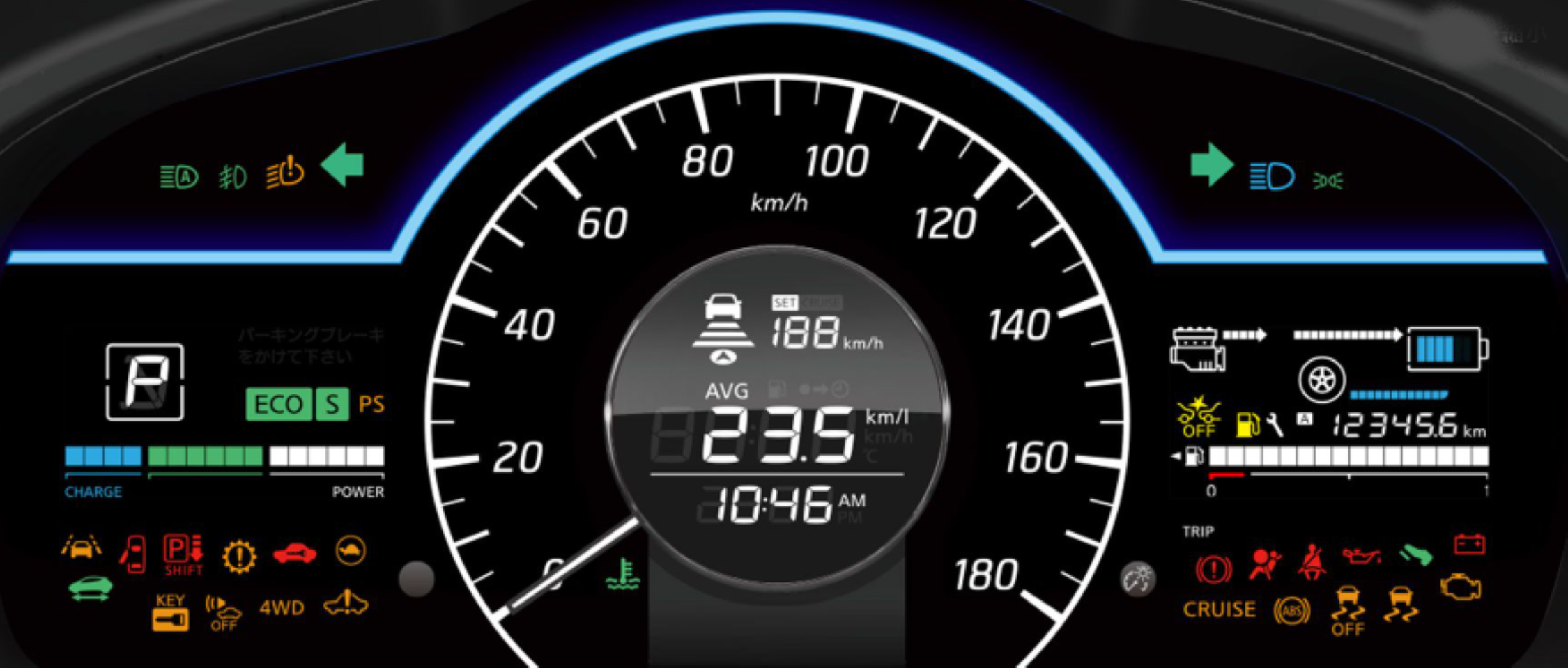
For those residing in Australia and on the lookout for high-quality used Japanese cars, understanding the warning lights displayed on the dashboard is crucial in assessing a vehicle’s condition. This article delves into the basics of warning lights, explaining the significance of their colours and symbols. By the end of this read, you’ll be well-equipped to make informed decisions during your used car purchase, ensuring no regrets.
List of Car Warning Lights
Various warning lights in cars signal specific issues or conditions within the vehicle. Common warning lights include the engine warning light, oil pressure warning light, battery warning light, ABS warning light, and airbag warning light. The illumination of these lights indicates that the car requires some attention.
Key Points to Note About Warning Lights
When a warning light comes on, it’s vital to understand its meaning accurately. However, not all warning lights imply an immediate emergency. For instance, a warning light indicating low fuel suggests the need to locate a gas station soon but doesn’t necessarily mean you should stop the car immediately.
The Significance of Warning Light Colours
Warning lights come in different colours, each signifying the level of urgency. Typically, red indicates a serious problem requiring immediate attention, yellow (or orange) suggests a need for caution, and green or blue provides informational alerts. If a red warning light comes on, it’s advisable to park the car safely as soon as possible and seek a professional diagnosis.
Variations by Manufacturer and Model
The symbols and indications of warning lights can vary depending on the car’s manufacturer and model. It’s important to consult the specific manual of the used car you’re purchasing to understand what each warning light means. Some cars may have unique warning lights related to specific functions or systems.
Commonly Illuminated Car Warning Lights

Seatbelt Unfastened Warning Light
This is one of the most commonly encountered warning lights, indicating that the driver or passenger has not fastened their seatbelt. For safety, it’s crucial to buckle up as soon as this light comes on.
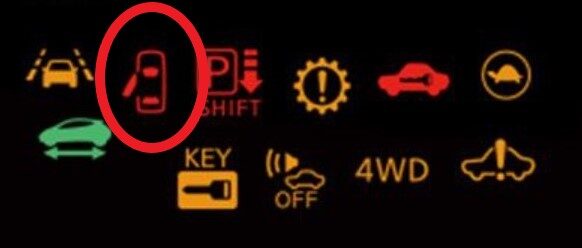
Door Ajar Warning Light
This light indicates that a door is not fully closed. To avoid the risk of doors opening while driving, ensure that all doors are securely shut.

Low Fuel Warning Light
This light comes on when the fuel tank is running low. Upon noticing this warning, it’s recommended to refuel at the earliest opportunity.

Brake Warning Light
Illumination of this light suggests a problem with the brake system, which could be due to worn brake pads, low brake fluid, or air in the system. For safety, a professional diagnosis should be sought promptly.
Washer Fluid Warning Light
When the windshield washer fluid is low, this light will illuminate. Maintaining an adequate level of washer fluid is essential for clear visibility, so refill it soon if this light comes on.
Warning Lights That Indicate a Need for Prompt Inspection

ABS Warning Light
The activation of the ABS (Anti-lock Braking System) warning light indicates that the ABS is not functioning correctly. While ABS helps prevent tire lock during sudden braking, its malfunction does not affect the car’s basic braking capabilities. However, it’s still advisable to have the system checked soon.
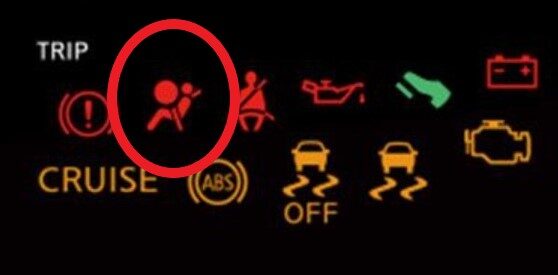
Airbag and Pretensioner Warning Light
This light signals issues with the airbags or seatbelt pretensioners, which may not operate correctly in the event of an accident. Due to the safety implications, a prompt check-up at a specialised repair facility is recommended.
Tyre Pressure Warning Light
This light illuminates when the tyre pressure drops below the recommended level. Maintaining proper tyre pressure is important for minimizing wear, improving fuel efficiency, and ensuring a smooth ride. If this light comes on, check and adjust your tyre pressure as necessary. While not an emergency, neglecting this can lead to premature tyre wear and poor fuel economy.
Warning Lights That Require Immediate Action

Engine Warning Light
When this light comes on, it indicates a problem with the engine system that could lead to decreased performance, poor fuel economy, or a failure to operate. It’s crucial to have the engine checked by a professional immediately.

Battery/Charging Warning Light
This light indicates that the battery is not charging properly or there is an electrical system issue. If this light comes on, there’s a risk the car might stop running soon. Park the car in a safe location and seek a professional diagnosis.
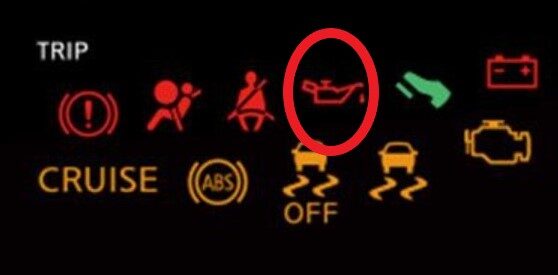
Oil Pressure Warning Light
A low engine oil pressure indication can lead to severe engine damage. If this light illuminates, stop the car immediately, check the oil level, and consult a professional if needed.
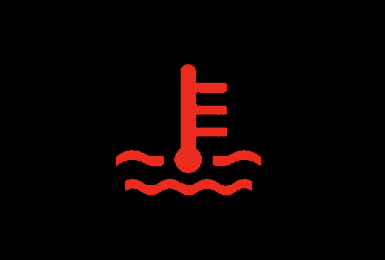
Engine Temperature Warning Light (Red/Blue)
A red light indicates the engine is overheating and requires immediate cooling. A blue light suggests the engine temperature is unusually low, which is typically temporary until the engine warms up. However, if it persists, it could indicate a malfunction.
EPS Warning Light
This light indicates a problem with the Electric Power Steering system, possibly making steering more difficult or unresponsive. It should be checked promptly.
PCS Warning Light
An issue with the Pre-Collision Safety system is indicated by this light. Since this system aids in avoiding or mitigating collisions, its malfunction significantly reduces safety, warranting an urgent professional check-up.
Hybrid System Warning Light
For hybrid vehicles, this light signals a problem with the hybrid system, potentially affecting efficiency and performance. Immediate professional diagnosis is recommended.
Transmission Warning Light
This indicates a problem with the automatic transmission, which could lead to shifting issues or noises. Given the high cost of transmission repairs, early inspection is crucial.
Master Warning Light
This indicates significant issues with multiple systems in the vehicle. Identifying and addressing the specific cause promptly is advisable.
Lights That Are Often Confused with Warning Lights
Slip Indicator Light
The Slip Indicator Light, or Traction Control Light, warns the driver of vehicle slip, especially useful in adverse weather or on slippery roads. It suggests the car is not stable, requiring reduced speed and cautious driving. This light supports the vehicle’s safety features and does not directly indicate a malfunction.
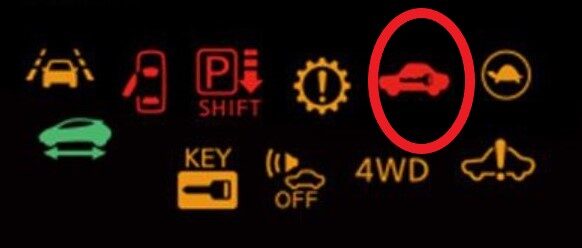
Security Light
The Security Light indicates that the vehicle’s theft prevention system is active. It usually illuminates when the key is not recognized or there’s an issue with the security system. If this light remains on, it may prevent the car from starting, suggesting a potential issue with the security system that should be addressed by a professional.
Frequently Asked Questions
What's the Difference Between Warning Lights and Indicator Lights?
Warning lights alert the driver to issues within the vehicle’s systems, while indicator lights inform the driver that a specific function is activated or a particular condition exists. Warning lights typically signal problems requiring immediate attention, whereas indicator lights mainly provide information.
What Should I Do If a Warning Light Comes On?
If a warning light illuminates, respond according to the nature of the problem it indicates. Generally, it’s advisable to safely park the car and consult the owner’s manual or a professional for guidance.
Conclusion
For those considering purchasing a used Japanese car in Sydney, accurately understanding the various warning and indicator lights on the car’s dashboard is paramount. Correctly identifying these lights and their meanings lays the foundation for safe driving and long-term vehicle maintenance. Keep this knowledge in mind when evaluating the condition of potential vehicle purchases.
Popular

- Japanese Used Car
- Blog
The Pitfalls of Purchasing Imported Japanese Used Cars
27 February 2024

- Blog
Your Complete Guide to Buying a Used Car in Australia: From Pre-Purchase Inspection to Post-Purchase Maintenance
01 October 2024
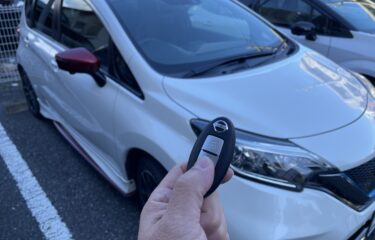
- Car Functions
- Blog
Smart Key Solutions: Battery Replacement and Troubleshooting
23 March 2024

